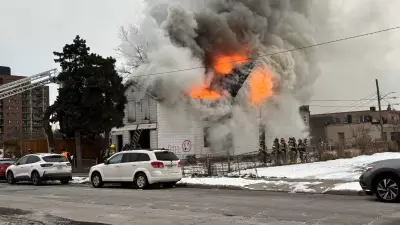
Remember when making friends felt as simple as sharing crayons or trading lunchbox snacks? For many adults, that childhood ease has evaporated, leaving a friendship void that's both surprising and challenging to fill.
The Shifting Landscape of Adult Connection
As we navigate careers, relationships, and responsibilities, the organic friendship opportunities of our youth seem to disappear. The structures that once facilitated connection—school, college, early career—give way to more isolated adult lives where intentional effort becomes necessary.
The Three Barriers Every Adult Faces
The Time Crunch: Between work demands, family obligations, and household responsibilities, scheduling friendship feels like adding another item to an overflowing to-do list.
The Vulnerability Hurdle: Asking someone to coffee feels riskier at 35 than it did at 15. We fear rejection or appearing needy, so we stay safely isolated.
The Context Collapse: Without the built-in social environments of our younger years, we must consciously create or seek out connection opportunities.
Proven Strategies for Building Your Social Circle
Leverage Your Existing Routines
Look for friendship potential in places you already frequent. That familiar face at your gym, coffee shop, or commute might be seeking connection too. Start with small talk and gradually build toward more substantial interactions.
Embrace the Power of Repetition
Consistent presence builds familiarity and comfort. Join a weekly class, volunteer regularly, or frequent the same places at similar times. Repeated exposure naturally fosters connection.
Start Small and Build Gradually
Begin with low-stakes interactions—a brief chat after a yoga class or exchanging recommendations with a coworker. These small connections can blossom into deeper friendships over time.
Overcoming the Awkwardness
That moment of asking for someone's number or suggesting you meet up outside your usual context can feel terrifyingly vulnerable. Remember that most adults are in the same boat—they're likely just as eager for connection but equally hesitant to initiate.
Frame invitations casually: "I've really enjoyed our conversations—would you be interested in grabbing coffee sometime?" This approach feels less pressured and more authentic.
The Digital Friendship Bridge
While social media often gets criticized for superficial connections, it can be a powerful tool for finding like-minded people. Local community groups, hobby-specific forums, and event pages can help you discover potential friends who share your interests.
Quality Over Quantity
Adult friendship isn't about collecting contacts—it's about cultivating meaningful connections. One or two substantial relationships can be more fulfilling than a dozen superficial ones. Focus on depth rather than breadth.
Building friendships as an adult requires stepping outside comfort zones and embracing intentionality, but the reward—meaningful connection in a often-isolating world—makes every awkward moment worthwhile.





